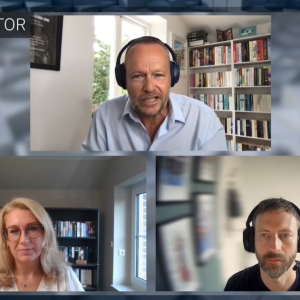Tachyon Inc, a two-year-old US satellite technology firm, is to launch what it says is the first two-way satellite internet connection service. The company says Tachyon.net will relieve the local-loop bottleneck by providing ‘bursts’ of 45mbps from satellite to user, and an average of 256kbps on the return path.
CEO John E. Kohler, former CEO of Hughes Communications Inc, said Tachyon intends to define and dominate a space for broadband satellite internet access before the competition arrives. He said: We intend to make it very expensive to dislodge us.
The system, to be launched in Europe and the US, works through a Tachyon Access Point (TAP), a box which sits at the end-user’s site running on Linux that talks to a small satellite dish. From there, IP data is sent, in Europe’s case, to a Eutelsat satellite with a footprint covering most of Europe. This data is bounced back to the Tachyon Gateway in Amsterdam, and from there via T3 lines into the Amsterdam internet exchange. On the return journey, the requested data is expected to run into the TAP at 45mbps bursts. The US gateway is based in San Diego, and the company intends to create more gateways, probably in London, Frankfurt or Stockholm, as demand increases.
Kohler shrugged off claims that satellite internet services have a limited future, claiming that even in well-connected regions such as the San Francisco bay area, up to 1 in 5 people who request a DSL fixed line are refused it due to inadequate telecoms infrastructure. Satellite is not just for the boondocks, he said, many high-end ISPs have a backlog of 2,000 customers waiting for digital links.
The service will be resold through partners including ISPs, systems integrators and network carriers, as well as directly to large enterprises with their own service provider capabilities. Due to the varied flavors of national regulation in Europe, the service will hit the US a few months earlier, in June or July. Three quality/price levels are offered, starting at around $400-$450 per month. Tachyon believes within two to three years prices should be sufficiently low to target the high-end consumer market.






